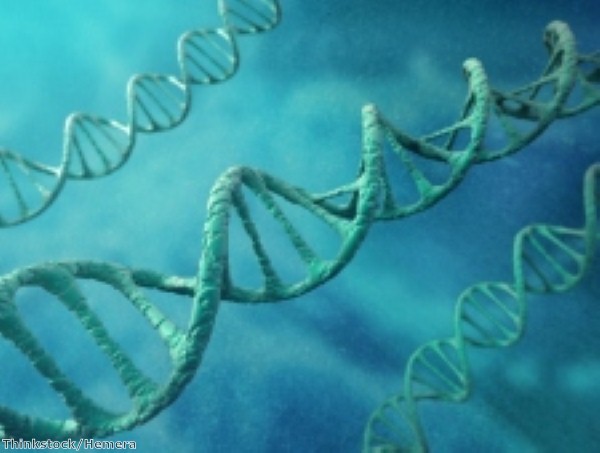An international team of scientists has made significant progress in understanding how enzymes 'edit' genes, which could enable genetic diseases to be corrected.
Researchers at the Universities of Bristol, Munster and the Lithuanian Institute of Biotechnology have studied the process through which enzymes known as CRISPR bind and alter the structure of DNA.
These enzymes were first identified in the 1980s as an immune defence used by bacteria against invading viruses. More recently, it has been shown that one type of CRISPR – Cas9 – can be used to edit the human genome.
CRISPR enzymes have been tailored to target a single pair of letters within the three billion base pairs that make up the DNA molecule. This has been likened to correcting one misspelt word in an encyclopedia of 23 volumes.
In order to accomplish this, the enzymes use a molecule of RNA, which is similar in structure to DNA. The enzymes are required to pull the DNA strands apart and insert the RNA to form a sequence-specific structure known as an R-loop.
Modified microscopes were used to test the R-loop model. DNA models were stretched in a magnetic field and by changing the altering force on the DNA, researchers were able to directly monitor R-loop formation events by individual CRISPR enzymes.
As a result of this technique, the scientists were able to uncover previously hidden steps in the process and to investigate the influence of the sequence of DNA bases.
Professor Mark Szczelkun, from Bristol University's School of Biochemistry, said it is particularly challenging to ensure only one specific area in a genome is targeted when using the genome-editing tools.
"Our single molecule assays have led to a greater understanding of the influence of DNA sequence on R-loop formation," he added.
"In the future this will help in the rational re-engineering of CRISPR enzymes to increase their accuracy and minimise off-target effects. This will be vital if we are to ultimately apply these tools to correct genetic diseases in patients."

